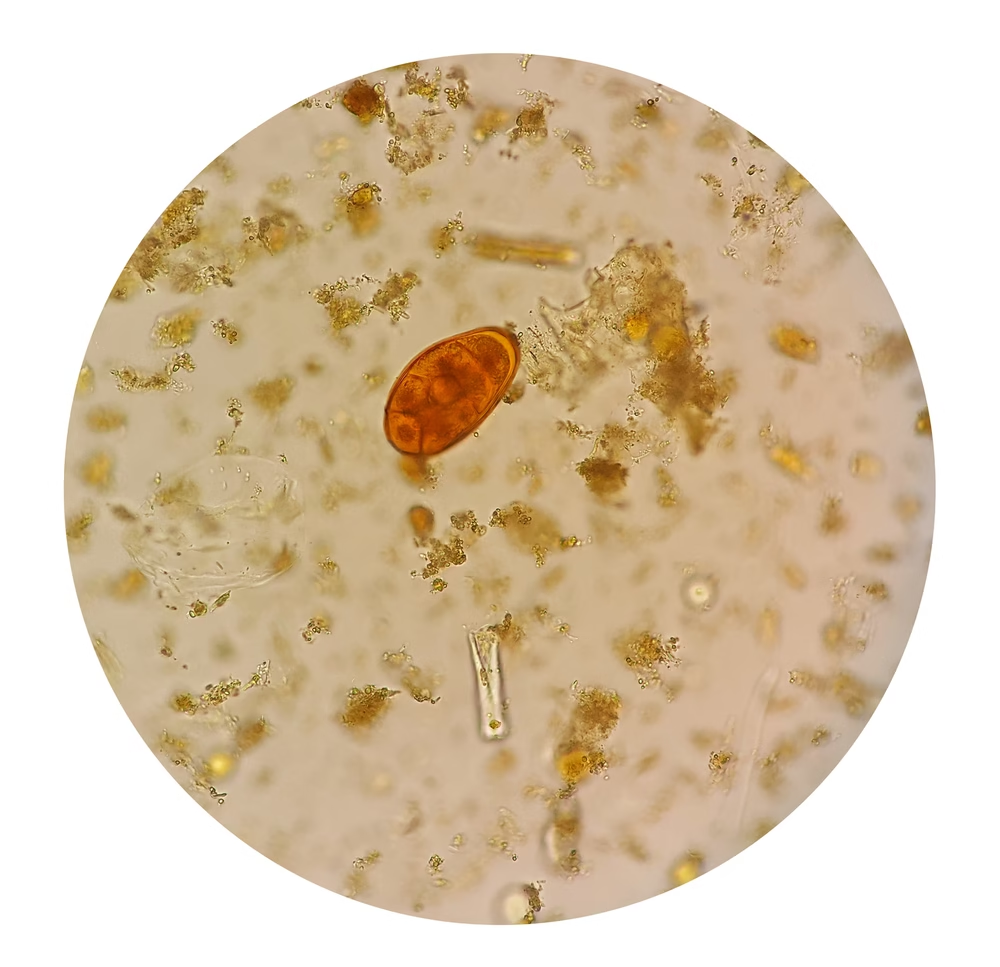
Principle Staining techniques is to improve the visibility of intestinal parasites (ova, cysts, trophozoites) within stool samples through selective staining and preservation methods. These techniques enhance the differentiation between parasitic Read More …

